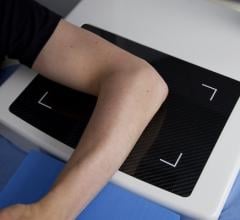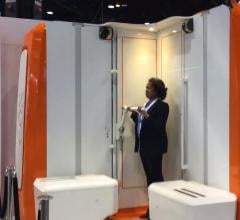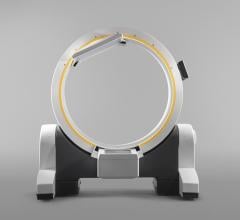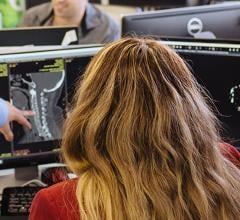March 17, 2008 - The use of stem cells may have the power to transform orthopedic surgery now and in the future, a hot topic at AAOS 2008 last week.
These “undifferentiated, unspecialized cells” already exist in our bodies and can renew themselves, giving rise to one or more specialized cells that have specific functions within the body. The use of stem cells is a biotechnology that is developing rapidly, offering new hope to patients suffering from musculoskeletal conditions.
Over the past few years, orthopedic surgeons have successfully used patients’ own stem cells to reverse very painful, disabling conditions. Just last year, Thomas Einhorn, M.D., chairman of the Department of Orthopaedic Surgery and professor of orthopedic surgery, biochemistry and biomedical engineering at Boston University, performed his first revision hip replacement surgery using the new technology of harvesting his patient’s own stem cells.
“This area of musculoskeletal medicine shows great promise for the use of stem cells, tissue engineering and gene therapy,” Dr. Einhorn said. “As orthopedic scientists, researchers and surgeons, we treat bones, joints, tissues and muscles—the exact areas where stem cells are meant to be put to use.”
Adult stem cells are readily available from a number of sources—from fat harvested through liposuction to muscle tissue and bone marrow biopsies. Today, stem cell technology is being used for fracture repair and bony defects. However, the implications for the not-so-distant future are beyond the imagination.
In 2005, nearly 25 million people visited their physician due to arthritis, according to AAOS.
“Arthritic patients come into our offices and ask what we can do for them,” Dr. Einhorn continued. “One day soon, we may be able to harvest their body’s own stem cells and direct those cells to the damaged and degenerative cartilage, which causes the arthritic pain. This application may restore and regenerate the cartilage to a normal state. Stem cells have the power to become the cells that your body has lost or needs.”
For more information: www.aaos.org


 July 31, 2025
July 31, 2025 









